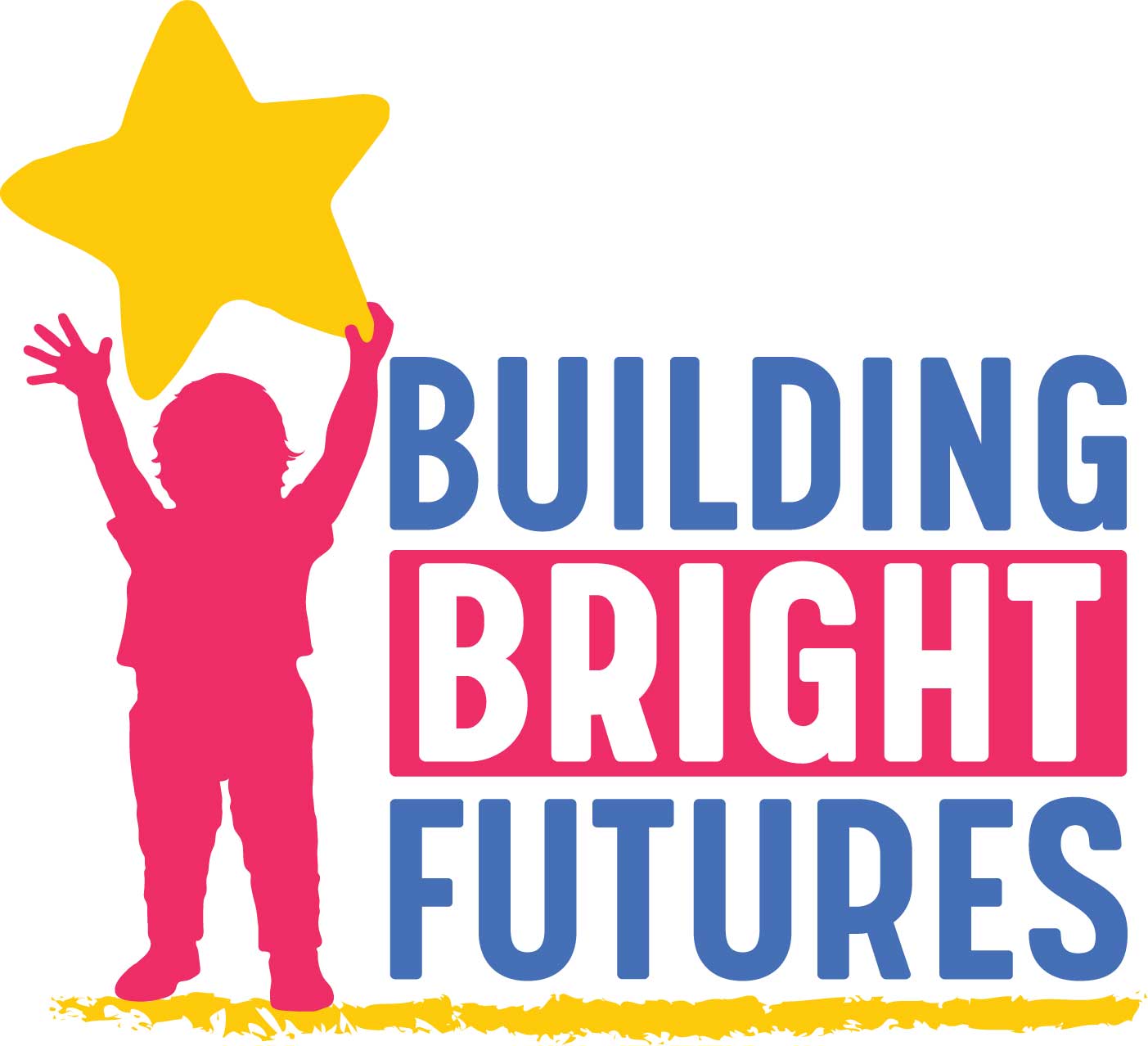As the fall approaches children are getting ready to return to school. For some children and their families, it will be their first experience with the “big” school. These children are entering kindergarten. It can be a very stressful time with lots of changes and unanswered questions.
In March of 2015, the Bennington Region held a Kindergarten Transition Summit. It was an exciting day with over 100 participants. There were kindergarten teachers, principals, early care and education teachers, early education teachers from the supervisory unions, and program directors and community providers from nursing, early intervention, mental health and Children’s Integrated Services. The Summit had support from the Vermont Head Start Collaborative allowing the event to have a national expert to speak and facilitate. Beverly Sweeney, Ph.D., from the Head Start National Center on Quality Teaching and Learning, spoke about the importance of transition to kindergarten, and how it is more than an event- it’s a process. We heard the perspective of the Agency of Education and the Agency of Human Services also. After gathering all of the current thinking, the work began using table groups that were organized by supervisory union area. Each table group had representatives from area pre-schools, kindergarten teachers, and community partners. This event took place prior to the implementation of Act 166 (Vermont’s universal pre-K law).
National Best Practices
Beverly Sweeny Ph.D. stated that with a change in schools and expectations new kindergarteners can have more trouble following directions and working independently or as part of a group. Locally, we hear astonishment from the sending schools when the kindergarten readiness survey is published annually. It shows that new kindergartners are not functioning at the same skill level as they did in the early care and education settings. Nationally the results for children entering kindergarten are that 52% are successful, 32% experience some problems and 16% have a difficult time. So how do we change this?
We learned that it is important factor in children’s success for there to be both stability and consistency between settings.
A group of parents defined school readiness as:
- Academic Competency
- Social Skills
- Collaboration
- Communication among all stakeholders
- Schools that are ready for children and families
- Parents having the knowledge of kindergarten standards
Therefore, it is important to relay information, build relationships and assure that there is alignment between the learning environments. For successful transitions:
- It is a process not a program.
- Supportive and informational relationships are resources for children.
- Connections serve as a bridge for children, families and schools across time and contexts.
Positive kindergarten teacher/child relationships predict both academic and behavior outcomes through the eighth grade, particularly for children with behavior problems. Also, stable relationships with teachers create stability over time.
 Beverly Sweeny’s presentation lead to small group work that allowed us to develop positive partnerships in action. The discussion groups were asked:
Beverly Sweeny’s presentation lead to small group work that allowed us to develop positive partnerships in action. The discussion groups were asked:
- What are your big picture social-emotional and academic goals for students and families?
- What systems and practices do you currently have in place to support transitions? (define successes, challenges, impacts, effectiveness)
- What are strategies to implement, what currently exists and what needs to be added?
Some of the highlights from the table discussions targeting transition process development included:
- Kindergarten teachers should visit pre-schools.
- Pre-school teachers should go to kindergarten.
- Time for pre-school and kindergarten teachers to work together to understand the expectations and learning experiences of each stage of learning. Acknowledge the importance of understanding strategies used at both levels.
- The need to involve both the parents and the community in the transition process.
- The importance of knowing about “high needs” children and strategies to support them.
- Cross system trainings for Teaching Strategies. Gold and Devereux Early Childhood Assessment (DECA Social Emotional Resiliency) currently being used by early care and education programs.
- Earlier Placements and transition meeting for all children.
- How to transition families and how best to support them? Individual meeting with parents before school starts.
- Kindergarten Readiness Survey: what information would help both systems.
- Team to Team meeting in January.
- Additional time with providers to get a bigger picture Vermont Early Learning Standard (VELS) how to roll out to elementary schools with the intent to align curriculum across age spectrum.
- Concern that social emotional and behavioral resources are tapped out.
There was so much excitement in the room! Prior to the summit, it was said that public school teachers would leave at the end of their contract day. That warning proved not to be true.
The last task of the day was to sign up to be part of a committee to continue the work during the late spring and summer.
A Hiccup to Progress
It was exciting to see the path forward to a revised transition process. Then all of the Early Education Directors at the 3 supervisory unions retired or changed jobs. It felt as though we would not make any headway. Luckily the new Early Education Director for the Southwest Vermont Supervisory Union, Kate Abbott, Ph.D., took up the assignment.
Kate met with Act 60 partners, the Early Education and Supervisory Union kindergarten staff to begin to address the issues. For many years there had been a transition form that was no longer used in the intended way. It had been developed by early care and education and early education teachers. It was an innovation. However, it was long and detailed. As time went on some early care providers were putting less care into filling it out. It often was not read by the kindergarten teachers. Kate’s task was to simplify the document, come up with a way to increase observations by kindergarten teachers, and increase the number of children with transition meetings.
Although the most optimal practice would be for each kindergarten teacher to observe all children coming into their class, that goal is not logistically possible. It was determined that a kindergarten teacher would observe pre-k classes adding observations to file. Kindergarten teachers were interested in finding out about the assessments used in early care (DECA and TS Gold). How do these widely used assessments lead to a better understanding of a child’s strengths upon entering kindergarten? What were the strategies that were used in the classroom to help a child be a successful learner?
A spreadsheet was developed to be sent to every early care and education center and home. The spreadsheet included demographic information, the SU district and ASQ scores, communication, gross motor, fine motor, problem solving and personal-social. The second section of the spreadsheet allows for pre-k provider input under the following headings:
- Behavior Concerns? Including addition supports
- Behavior Plan
- Academic concerns
- Health Concerns
- Independent Toileting
- Special considerations for classroom placement
- Beginning and end dates enrolled in Pre-K
- Pre K visit/observation: is there a teacher recommended
- Transition meeting recommended
- Phone call with Pre-K teacher recommended
- # of weekly hours in classroom
- # of children in the classroom
- # of adults in the classroom
- Planning to attend public pre-K
There is a specific timeline for the spreadsheets to be completed and returned. Once the information is back in the SVSU Early Ed office, children are placed in the appropriate school and then in a classroom. The individual schools receive information on the children in March. Transition meetings are scheduled for about a quarter of the children. For other children there are ‘meet the teacher’ nights and kinder-camps. It is acknowledged that transition meeting would be valuable for all children and families especially for first time kindergarten parents.
Last year, the percentage of students who were ready for kindergarten in the Southwest Vermont Supervisory Union increased to 73%. The Bennington Region will continue to monitor the success of our children transitioning to kindergarten by ensuring that there is continued monitoring and improvement in the process.
The Bennington BBF- Early Childhood Council will continue to monitor the progress. The work done at the SVSU should be replicated. There is interest in holding another summit. It will be important to have a stated purpose and desired outcome.



